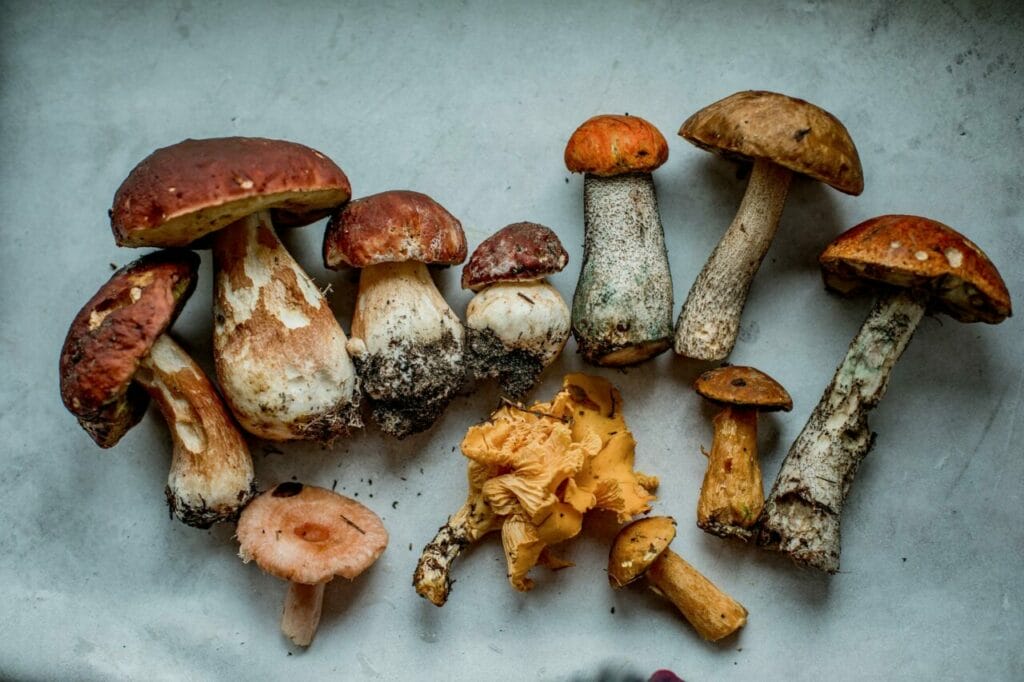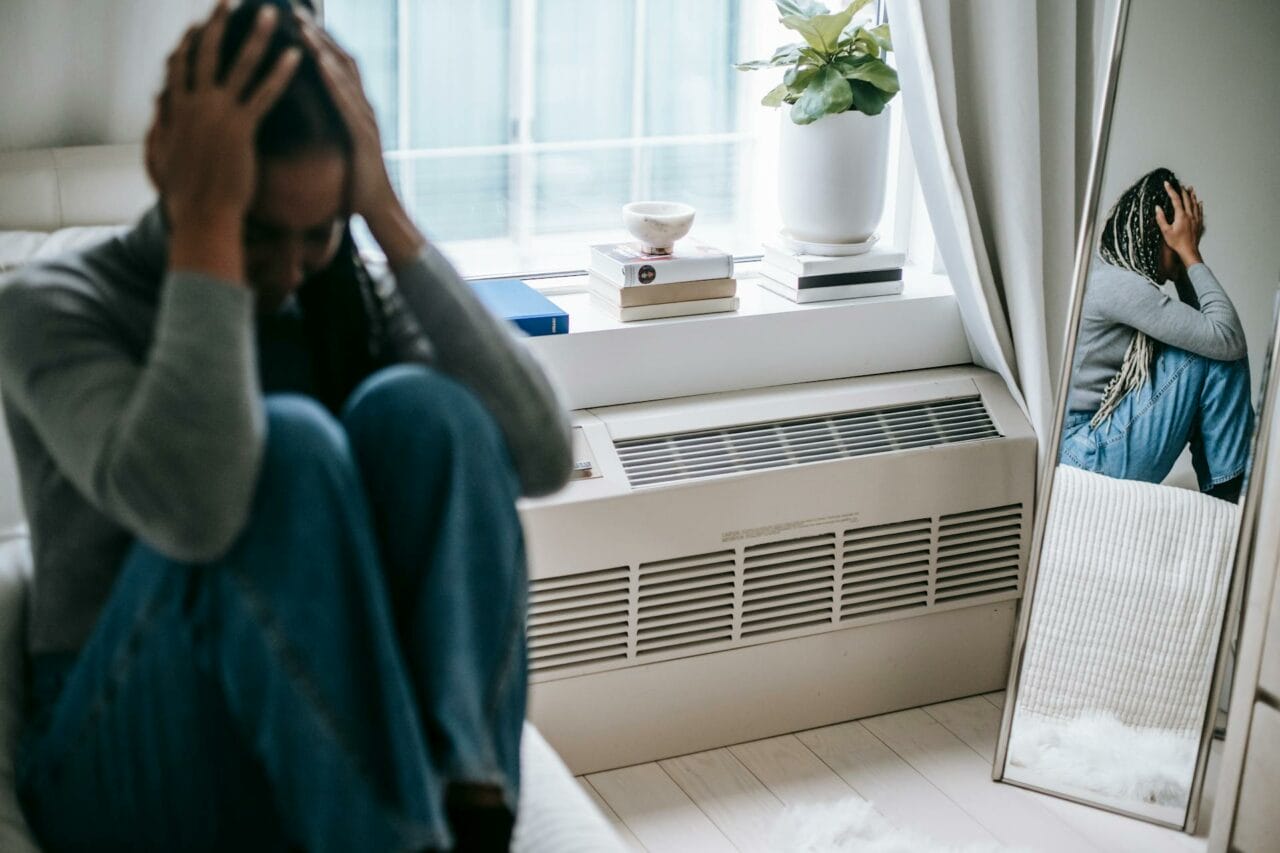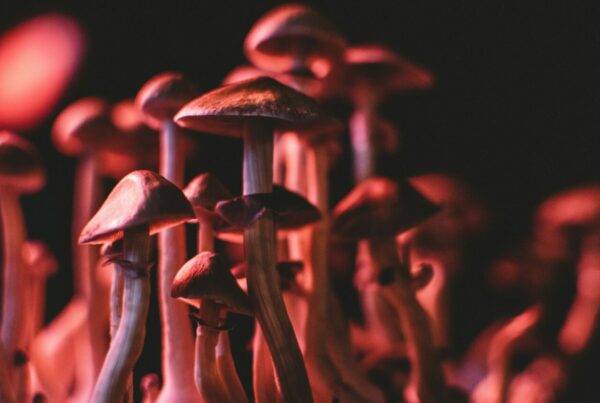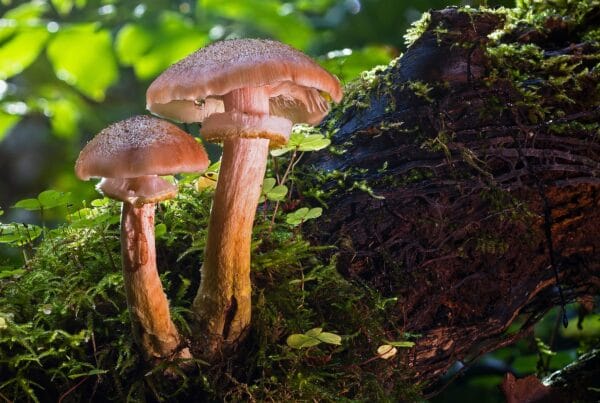Conventional anxiety treatments typically involve medication and therapy, but due to potential side effects, these methods may not be suitable for everyone. This has spurred a growing interest in alternative approaches such as psychedelic therapy, which uses substances like “magic mushrooms Montreal” and more.
Welcome to your premier destination to buy psychedelics online in Canada. Our services are fast, secure, and discreet.
[toc]Key Takeaways:
- Psychedelic therapy combines the therapeutic effects of psychedelic substances with traditional counselling to facilitate the healing process.
- Through spiritual journeys, psychedelic therapy can improve emotional well-being and overall quality of life.
- The integration process, a crucial method in psychedelic therapy, aims to ensure the sustained impact of the therapy session.

Statistics on Anxiety Disorders in Canada
The 2022 Mental Health and Access to Care Survey reveals a concerning increase in the prevalence of anxiety disorders in Canada. The proportion of Canadians aged 15 and above diagnosed with generalized anxiety disorder in the year preceding the survey has risen from 2.6% in 2012 to 5.2% in 2022.
A Comparison between Traditional Treatment and Psychedelic Therapy
Standard treatments for anxiety disorders typically consist of a combination of psychotherapy and medication. Psychotherapy, also referred to as psychological counselling, is a collaborative process between a therapist and the patient aimed at mitigating anxiety symptoms.
On the other hand, anxiety medications help to reduce symptoms by tailoring the treatment to the specific type of anxiety disorder and considering any concurrent mental or physical health conditions. While treatments may differ based on individual needs, psychotherapy and medication remain the core strategies.
In psychedelic therapy, sessions are unique as they incorporate one or two doses of a psychedelic substance, complemented by other therapeutic techniques:
Exploring Psychedelic Therapy
Psychedelic therapy is a specialized treatment modality that employs the advantageous properties of psychedelic substances to reinforce the healing journey. Known for their hallucinogenic qualities, these substances have been utilized in holistic healthcare and spiritual rituals across diverse cultures for millennia.
The two primary substances used in these therapeutic sessions are Lysergic acid diethylamide (LDS) and psilocybin. LSD triggers alterations in mood, perception, and consciousness. As noted on the Health Canada site, psilocybin is the active ingredient in magic mushrooms. Consuming these mushrooms can enhance sensory experiences, resulting in visual, auditory, or tactile hallucinations.
Dosage Guidelines for Three Sessions
In psychedelic therapy, professionals assess patients to determine the appropriate dosage of psilocybin for their sessions. The dosage varies, with some patients commencing with moderate amounts, whereas others can handle larger quantities of the substance. The treatment usually comprises one to three sessions of medication, each spanning six to eight hours and scheduled several weeks apart. This method is distinct from traditional medications that require daily intake until a medical professional instructs otherwise.
Embracing Spiritual and Transformative Experiences
Unlike typical anxiety medications, which aim to control symptoms, therapy targets the root causes of the condition. Psychedelic therapy doesn’t merely manage symptoms but offers transformative visions or sensations of divine connection, profoundly impacting emotional health and quality of life.
These immersive experiences can cultivate deep insights, heightened self-awareness, and better emotional processing. Such effects can encourage personal development, inspire positive behavioural shifts, and enhance overall mental health.
Outcomes
| Broadened Consciousness | Altered states of consciousness provide a new viewpoint of the world. | This enhanced awareness typically results in the following: Deep insightsEpiphaniesImproved understanding of oneself and one’s surroundings |
| Emotional Restoration | Enables emotional restoration by offering the chance to face and process unresolved trauma, grief, or emotional pain. | This process assists in:Accessing hidden emotionsReleasing emotional blockagesFostering emotional wellness |
| Heightened Self-Awareness | Amplifies connectivity between sensory brain regions while reducing connectivity within the default mode network. This network integrates interconnected brain regions associated with self-focused cognition and subjective self-perception.” | These regions serve to: Modify negative patterns of thought, beliefs, and recurring behaviours. Empower users to gain profound self-understanding, motivations, and interpersonal interactions. |
Somatic Therapy
Despite not traditionally linked to psychedelic therapy, Somatic therapy is rising in prominence due to its potential benefits. This body-centric approach examines the connection between the mind and body, based on the belief that past traumas can cause sensations to be trapped within the body. Somatic therapists aid individuals in identifying these bodily sensations and utilize therapeutic methods to alleviate this tension.
Integration
This offers a platform for clients to attain clarity, acquire perspective, and garner wisdom from their psychedelic experiences. The transformative process transpires during integration sessions between the therapist and the client and through the client’s proactive pursuits outside of psychedelic explorations. Integration enhances the transformative effects of psychedelics by actively engaging with surfaced insights and emotional revelations.
Integration Methods
- Journaling. Documenting experiences allows individuals to reinforce memories for easier future recollection. It also enables clients to analyze their experiences from multiple perspectives to reveal various interpretations, implications, and connections.
- Art. This provides an efficient way to encapsulate the complex emotions and feelings from a psychedelic journey in a visually expressive and creative format.
- Adopting Nature-based Practices. These can be as simple as mindful walks in a forest or seeking tranquillity by a calming body of water. Therapists can assist clients in recognizing intricate patterns in nature or suggest using natural elements like plants, stones, water, and candles as grounding tools.
- Participation in Integration Groups. Group sessions with individuals undergoing similar experiences offer a substantial platform for reflection, support, and connection. The capacity of psychedelic therapy to foster a sense of interdependence and shared understanding beyond individual limits is fundamental.
The Implication of These Techniques in Treating Anxiety
The primary pharmacological principle underlying all psychedelics is their ability to act as agonists, or stimulators, of serotonin (5-HT) 2A
Psychedelic research primarily targets the influence of these substances on the brain’s default mode network. This network is significantly associated with recurring thoughts and has been implicated in conditions such as depression and anxiety disorders. Treatment can drastically reduce anxiety levels, with effects lasting for up to 12 months post-treatment.
After a psilocybin session, which typically includes profound spiritual experiences, the patient engages in dialogue with their therapist. In these conversational therapy sessions, trained medical professionals strive to listen carefully to the patient. They also employ specific strategies and methods to maximize the positive outcomes of the treatment.
These techniques collectively assist individuals with anxiety in attaining long-lasting relief in fewer sessions compared to traditional treatments.
Change Your World, One Session at a Time
Many people rely on standard treatments for anxiety, but these methods are not always effective or satisfying for everyone. Psychedelic therapy presents an alternative, using unique approaches that can trigger transformative experiences. These techniques work together to yield deep, lasting changes—sometimes lasting up to a year after just one to three sessions.
Beyond improving mental health, this therapy could also offer significant cost savings for patients. Ready to venture onto a new path to wellness? Discover the possibilities of psychedelic therapy with Mushrooms Online Canada.
Commonly Asked Questions
Is there a particular kind of magic mushroom used for psychedelic therapy?
In studies of psychedelic-aided therapy, it’s a common oversight not to mention the type of mushroom used. Psilocybe cubensis is usually the mushroom of choice.
Online magic mushroom outlets offer a variety of strains to cater to diverse preferences. You are free to choose any strain to experience the therapeutic benefits of psychedelics. However, be cautious and choose a reliable vendor to avoid acquiring unsafe magic mushrooms from dishonest sources.
What is the duration of psychedelic therapy?
The duration of psychedelic therapy can vary as it involves several stages. A single session where the psychedelic is ingested lasts between 4 to 8 hours. The entire therapy process, which includes preparation, the session itself, and subsequent discussions, can span from a few weeks to several months.
As for lasting effects, people report improvements in their mental health for many months or even up to a year after therapy.
Just one or a few sessions can make a significant change in a year. A few sessions are included.
Does the therapist guide the patient during a spiritual journey?
Professionals such as therapists or other staff members often guide the patient during this phase. Studies suggest that the unique and valuable contributions of Spiritual Health Practitioners (SHPs) significantly improve participants’ wellbeing and progress in their spiritual journey. Some people seek the help of an SHP, while others rely on a therapist or specialist available to them.
Does the “set and setting” play a role in the process of psychedelic therapy?
Yes, both the individual’s mindset (set) and the physical environment (setting) are vital in ensuring safe and effective spiritual experiences during a psychedelic therapy session. The individual’s mental state significantly influences their spiritual journey, both before and during the psychedelic session. Factors like beliefs, expectations, emotional states, and intents determine the course and intensity of the experience.
Main Reference: Psychedelics as Emerging Treatments for Anxiety Disorders: Opportunities and Challenges in a Budding Field – PMC (nih.gov)
About the Authors:
Franklin King, IV, MD. and Rebecca Hammond, M.D.
Related Articles:





